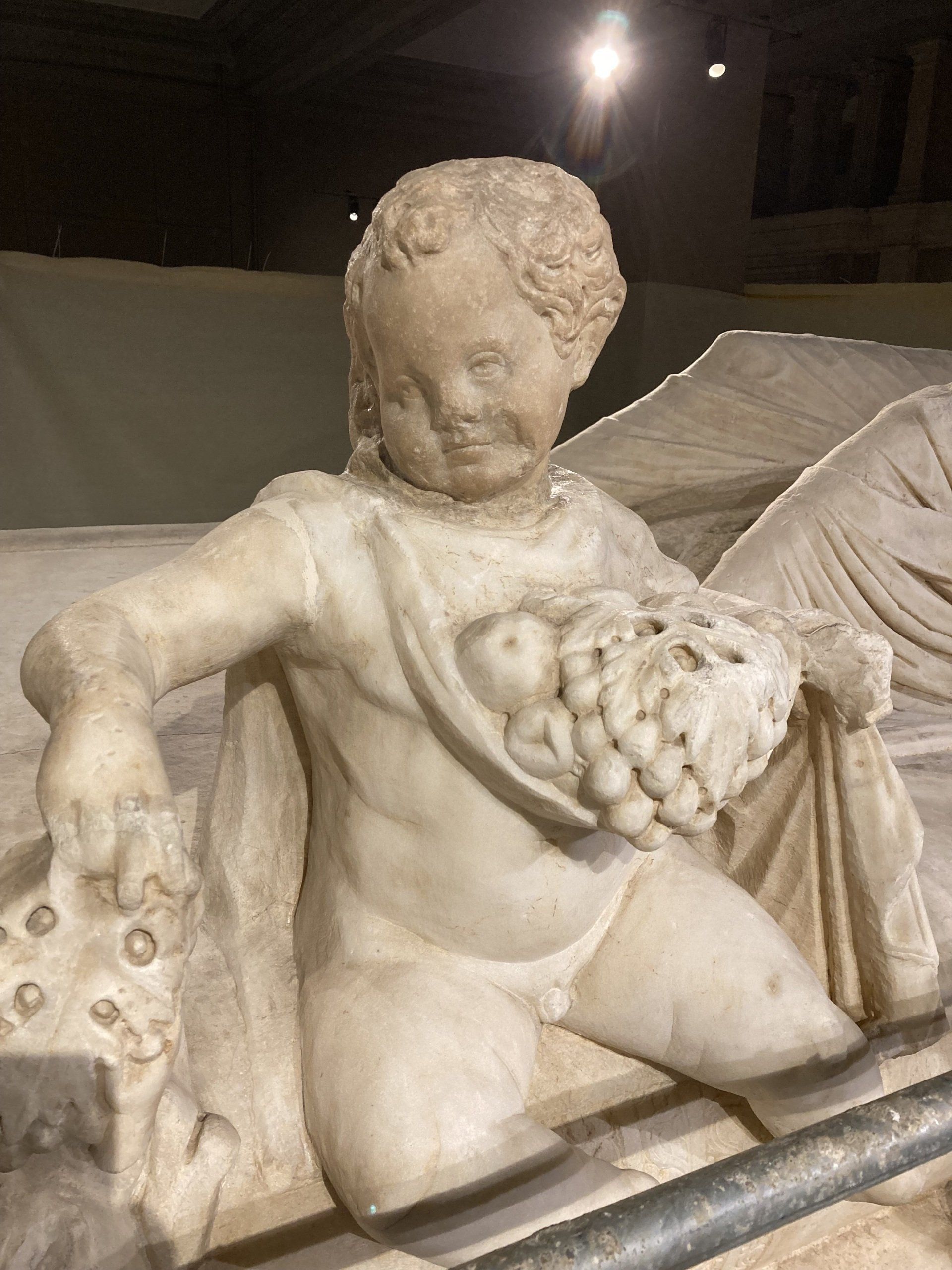Cultural Restitution
SHARE ARTICLE
Resolving the long term issue of legal ownership remains central to the restitution debate. But while it's rare a single solution is acceptable to all, sometimes it can be delivered with a confident leap of faith.
In the last few weeks, several major initiatives suggest the debate over legal ownership has taken several steps forward.
Last month a delegation from Nigeria’s National Commission for Museums and Monuments (NCMM) travelled to Glasgow to hold talks about the legal transfer to Nigeria of the city’s collection of Benin artefacts.
Abba Isa Tijani, director general of the NCMM and the organisation’s legal advisor Babatunde Adebiyi met with officials from Glasgow Life, the organisation tasked to oversee Glasgow’s museums. at Kelvingrove Art Gallery & Museum, where they discussed arrangements for transferring ownership of the Benin artefacts currently held in Glasgow museums.
This follows a decision made last April by Glasgow City Council’s Administration Committee to approve the recommendation of the City’s Working Group for Repatriation and Spoliation to return a group of important cultural items to source communities. The collection includes at least 17 Benin artefacts.
Once it was agreed the moral and ethical case for repatriation overrides any other curatorial considerations, Glasgow saw the return of these objects as an opportunity for the city to build on the international relationships that negotiations to return these objects have helped to establish.
“By addressing past wrongs, we believe the returns will help to strengthen existing relations with these descendant communities”
Duncan Dornan, head of museums and collections at Glasgow Life
As Returning Heritage reported last April, the city’s current plan is to transfer legal ownership of 51 items to Nigeria, India and to the Cheyenne River and Oglala Sioux Tribes in South Dakota, an event marking the largest ever repatriation of objects from Scottish collections.
Glasgow’s willingness to transfer legal ownership matches the direction of a landmark agreement announced by Germany last week to return ownership of two Benin Bronzes, together with more than 1130 other looted Nigerian artefacts now held in multiple German collections. On the signing of this Joint Declaration on the Return of Benin Bronzes, we expect that a representative collection of Benin artefacts will remain on display in German collections on the basis of long-term loans.
Speaking at the signing, Lai Mohammed, Nigeria's Minister for Information and Culture, expressed a hope their agreement with Germany "will be the harbinger of further returns". Hermann Parzinger, head of the Prussian Cultural Heritage Foundation, the authority overseeing many of Berlin’s museums, reinforced this message, adding: “The return is a milestone in the process of reappraising colonial injustice in the field of museum collections”.
Germany's agreement with Nigeria is no 'one-off'. It follows another agreement last month to return looted artefacts to German former colonies in Namibia and Tanzania, as well as returning the figure of Ngonnso to Cameroon.
Meanwhile, last week London’s V&A Museum announced they have returned an ancient sculpture to the Istanbul Archaeology Museum, but this time on the basis of a long-term renewable loan. Under this agreed arrangement, legal title of a 3rd century AD marble head of the Greek god Eros, discovered detached from the Sidamara Sarcophagus, will remain with the V&A, but the head will be reattached to the sarcophagus in Istanbul. The V&A’s governing Act (National Heritage Act 1983) currently prohibits a transfer of legal ownership, so instead, the two organisations have forged what they describe as a “cultural partnership” between the V&A and the Turkish Ministry of Culture and Tourism. The arrangement will be revisited after the first six years.

The sarcophagus was discovered by Sir Charles Wilson in 1882 at or near the site of the ancient settlement of Sidamaria in Lycaonia, central Turkey. Wilson took the life-size head of Eros, which had already become detached, and gave it to the South Kensington Museum (now the V&A) in the following year. He left the sarcophagus in situ, hoping to recover it at a future date, but that never happened. Instead, it was transferred to Istanbul’s Archaeology Museum in 1900.
Almost a century ago, a visitor to the V&A in 1933 recognised the head corresponded in style to the Sidamara Sarcophagus. As a result, the V&A contacted Istanbul and a plaster cast of the head was made by the Museum for attachment to the sarcophagus. The cast remained in place until last month.
Negotiations for the return of the original head were renewed in 2010, by which time the V&A had relegated the head into storage. After both teams undertook conservation work on the marbles head, the original was finally reattached to the sarcophagus last month.
The Sidamara Sarcophagus is one of the jewels in the collection of the Istanbul Archaeological Museum. By itself, the head added little to the V&A Museum’s collection, but following its transfer to Istanbul, it completes the decoration of this elaborate sarcophagus. They belong together, so it made perfect sense for these institutions to find a solution that reunites both elements. It also makes sense for the renewable loan to continue into the foreseeable future - at least until Britain’s national collections start to follow the example of other responsible collections and reappraise their approach to legal ownership.
Photos: Conservators from the V&A working at the Istanbul Archaeological Museum to reattach the Head of Eros to the Sidamara Sarcophagus
Courtesy of Victoria & Albert Museum
More News



